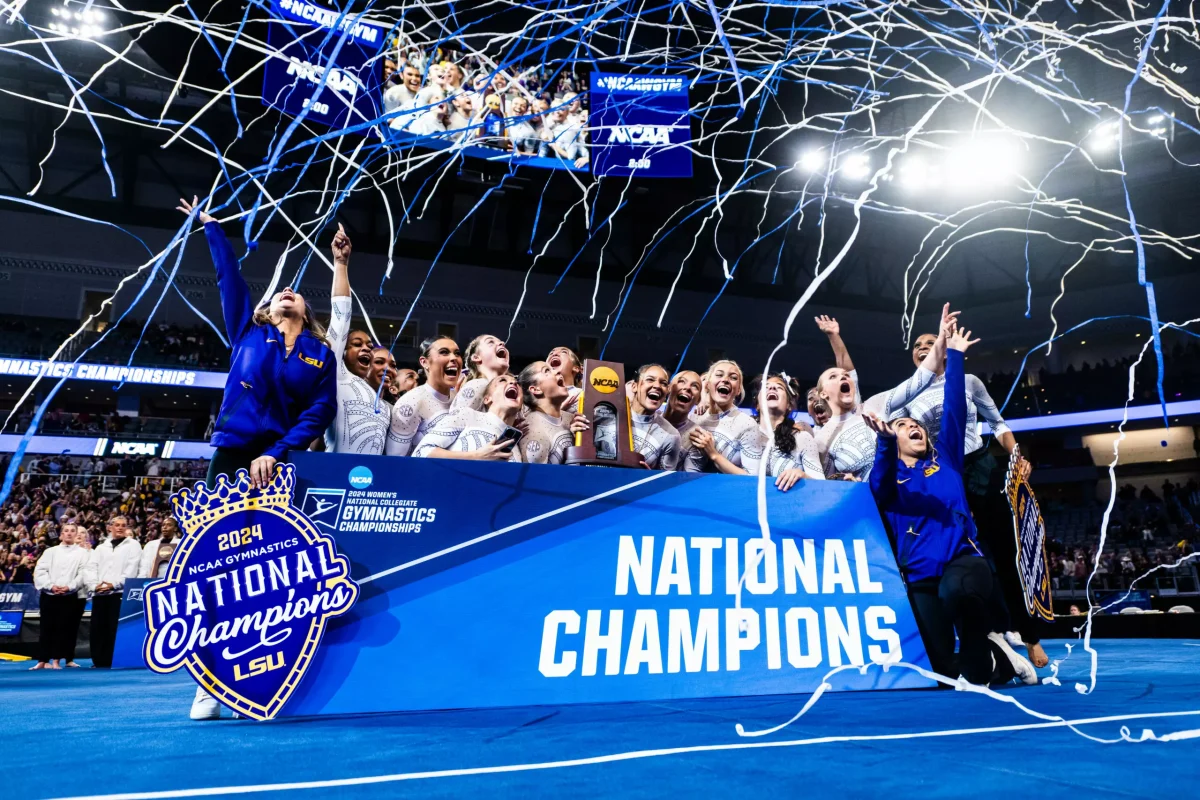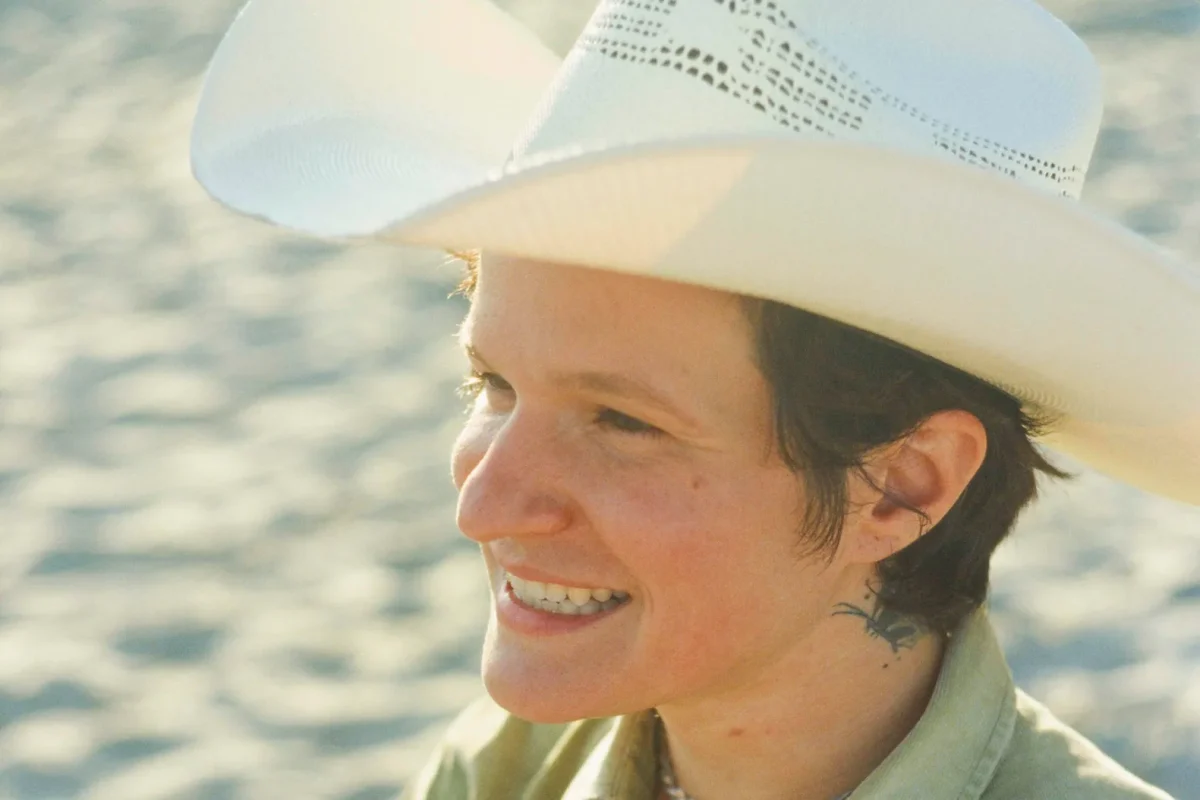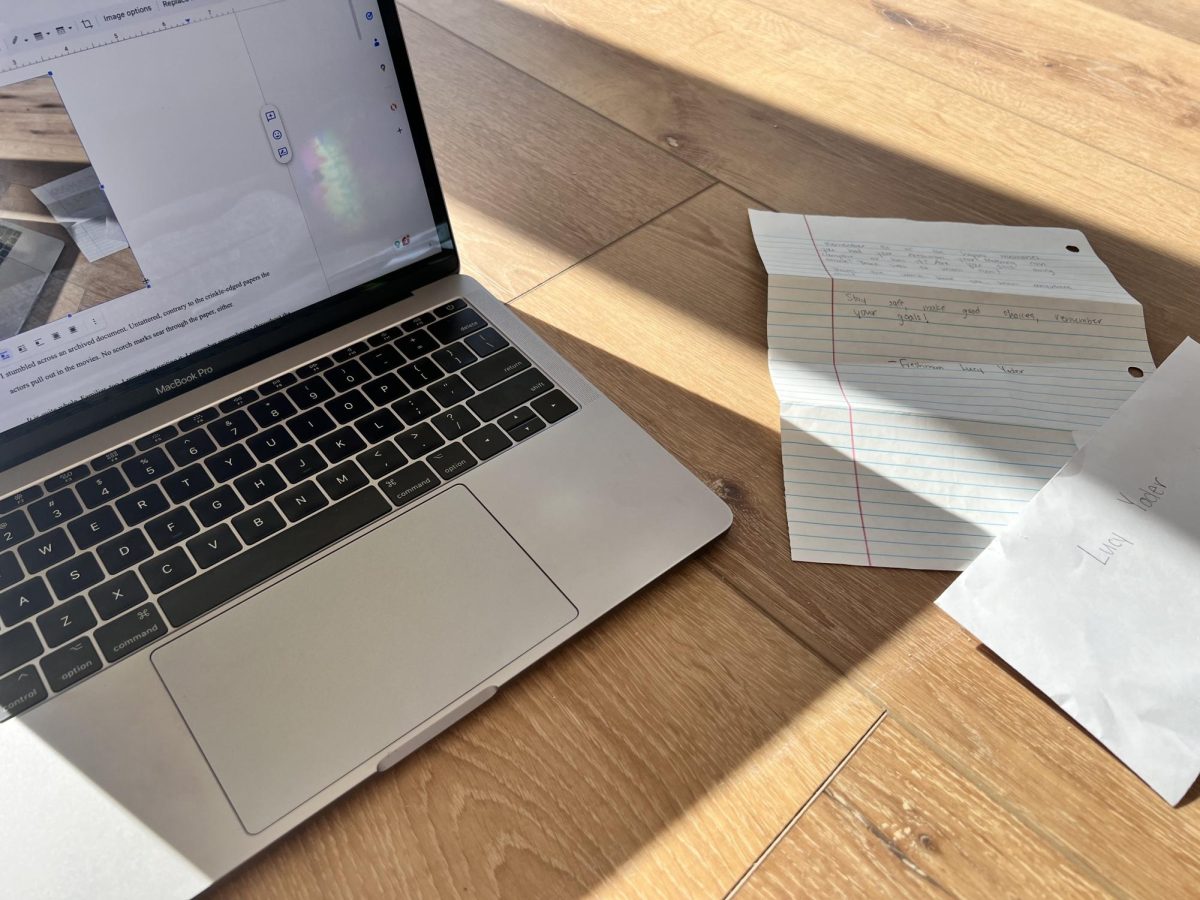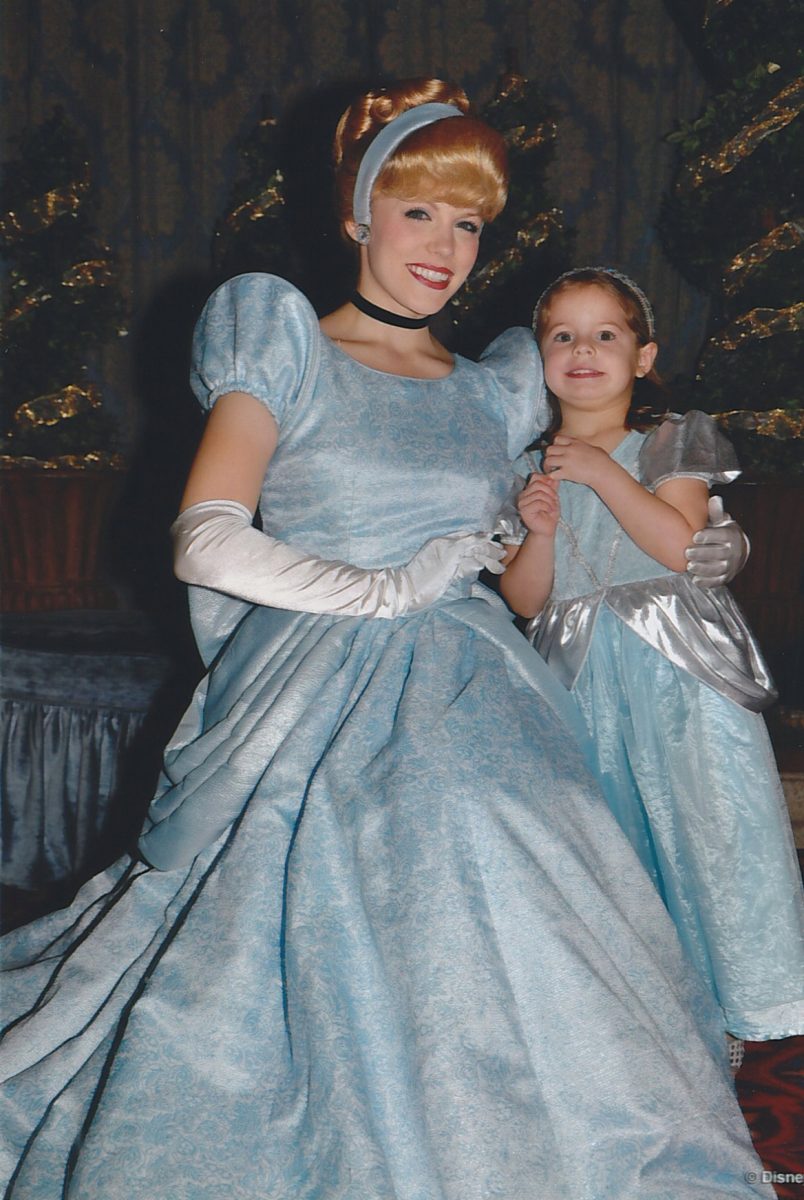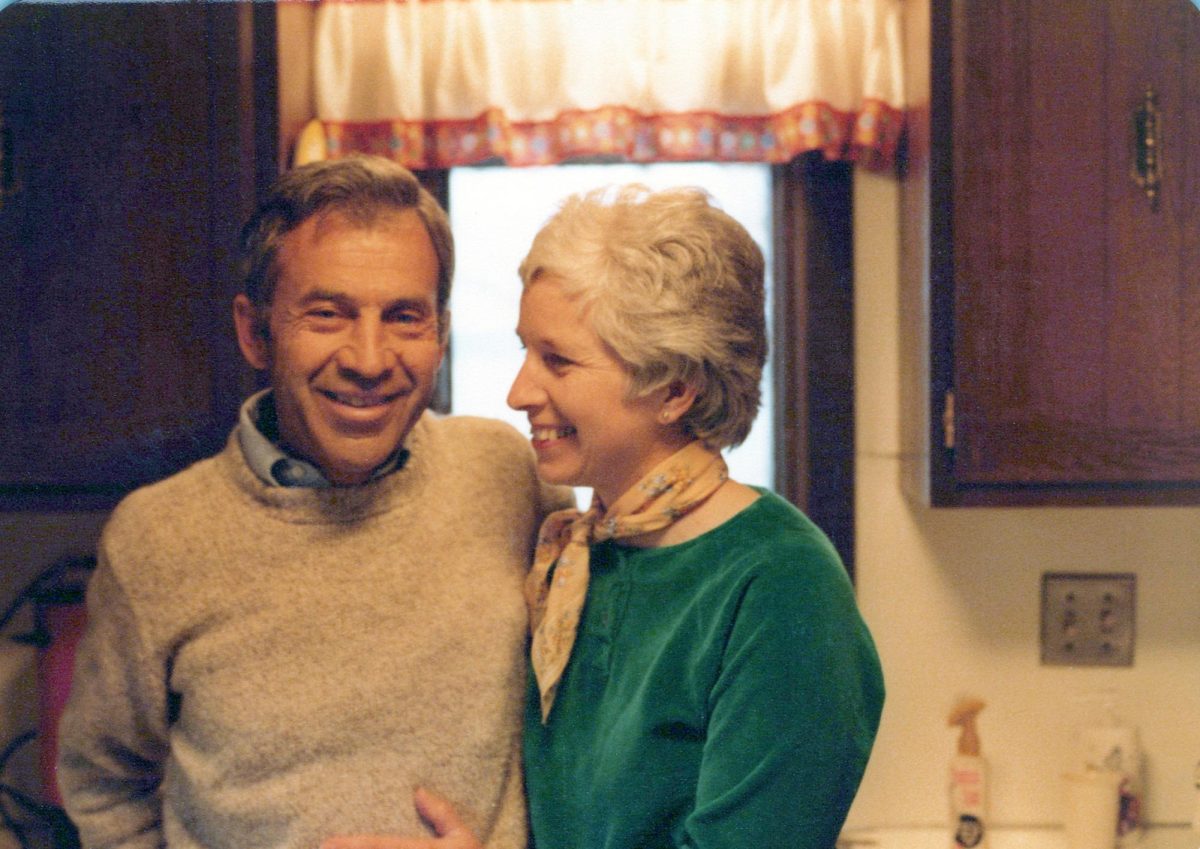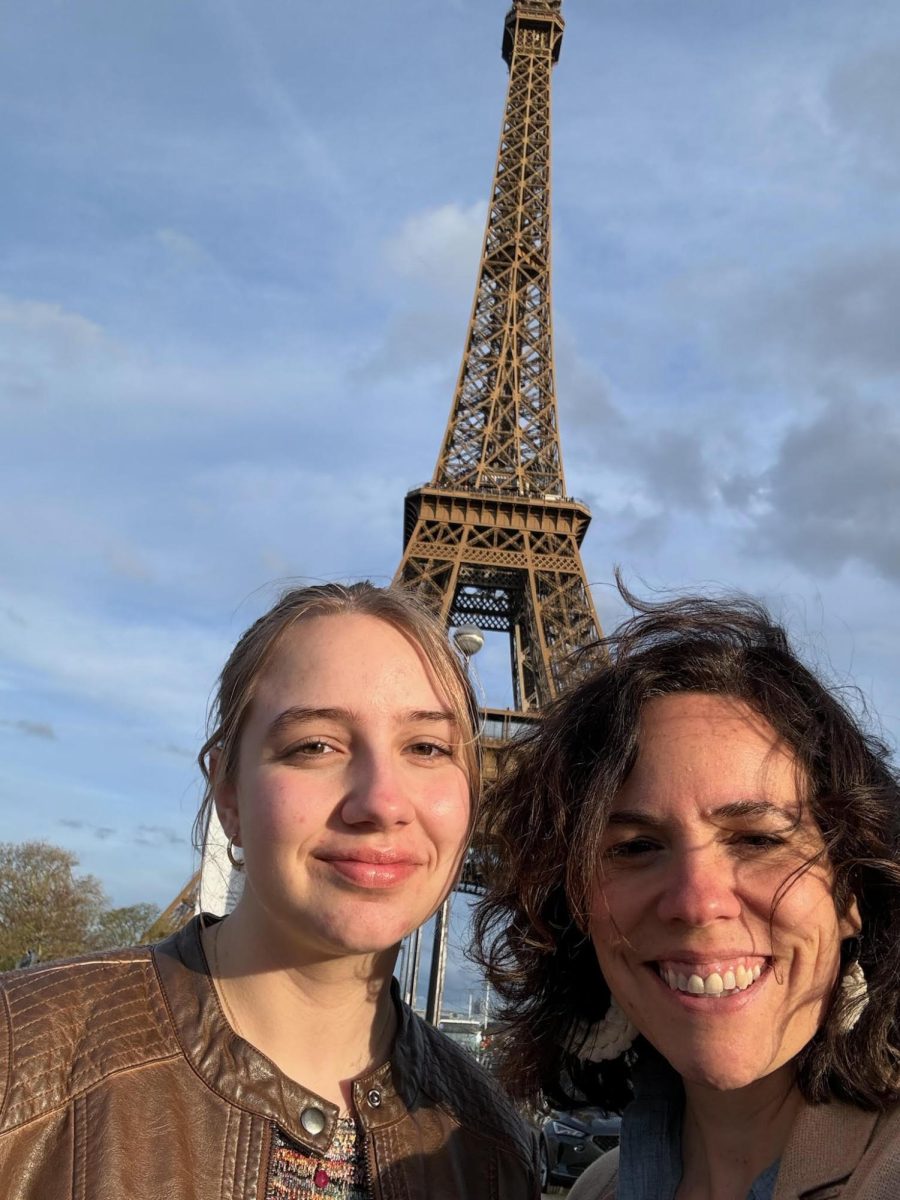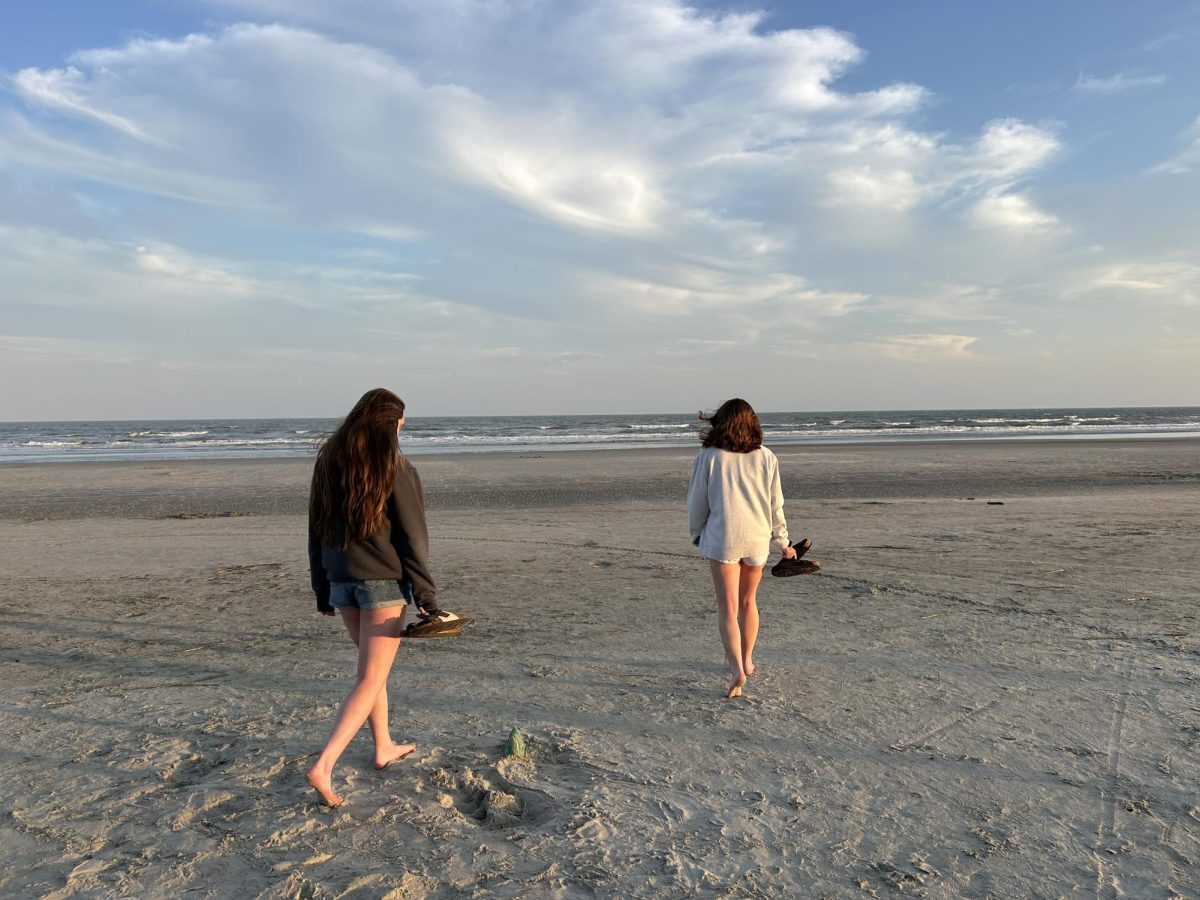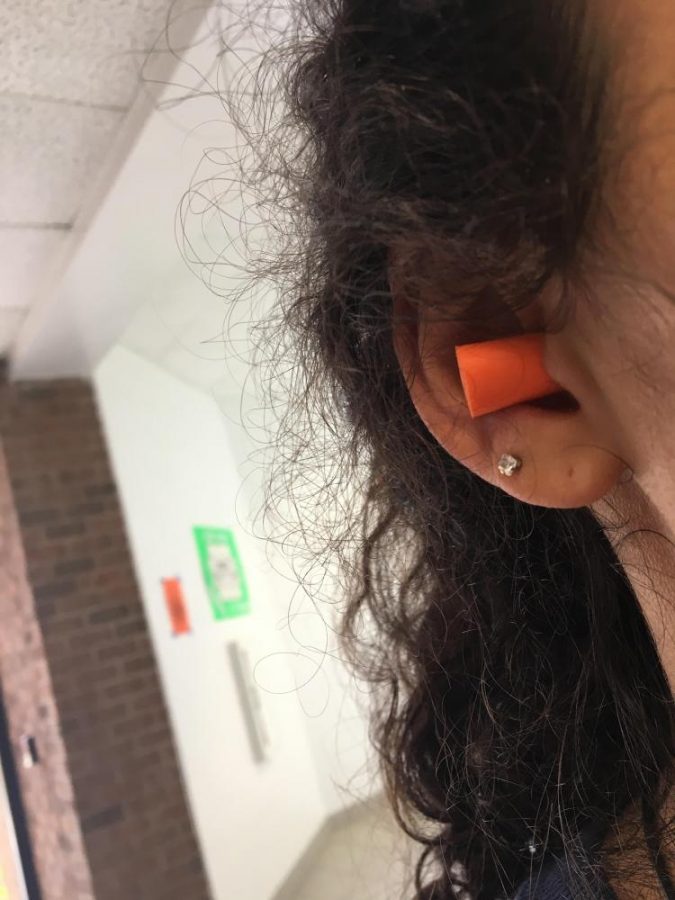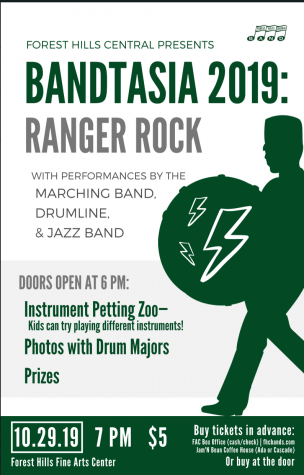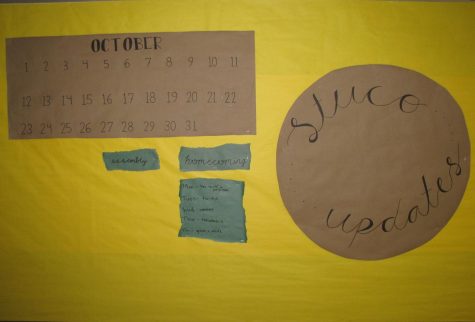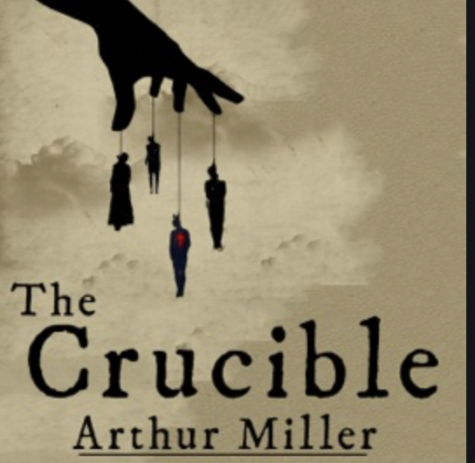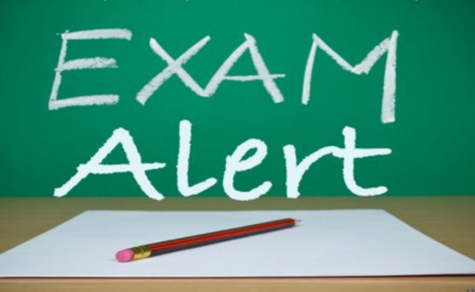The annual “Deaf for a Day” project leaves students more aware of deaf culture
Normally, sophomore Meg Meekhoff has no issue understanding her teachers. Today, however, was different.
Clad with orange earplugs and an assignment to remain silent all day, Meg used paper and pencil to communicate with her peers. This was all a part of the ASL assignment referred to as “Deaf for a Day,” and it opened multiple students’ minds to deaf culture.
“[Participating] has made me realize how hard it is to be deaf,” Meg wrote on a notepad. “It makes you feel really alone.”
FHC ASL teacher Kimberly Williamson has been assigning this project for many years, and each year she is impressed by her students’ experiences and the hardships they endured.
“It’s not even about being deaf for a day, it’s about putting yourself in someone else’s shoes and to figure out how to get along with the majority,” Williamson said.
As a part of the assignment, students were given earplugs to muffle sounds they would normally be able to hear, emphasizing the importance of focusing on every lip movement to ensure a complete understanding of what was being said. Students were given a few alternative forms of communication, including an interpreter or an old-fashioned pen and paper.
Sophomore Summer Wetherbee also spent her day in a deaf experience. She believed that the ordeal was worth the hassle.
“I think that it’s a great experience to put myself in the shoes of a deaf person,” Summer wrote. “I realize how fortunate I am to be able to hear.”
According to Williamson, some students feel that the use of pen and paper requires too much work so they decide to opt out of communication completely.
“If a deaf student is one of the only ones at their school, other people aren’t going to try to communicate with them,” Williamson said. “I think that [this activity] challenges other kids to think about [deaf culture].”
Many students who participate in this activity experience negative treatment from their peers and even their friends. This is part of the reason that Williamson conducts this activity – it opens students’ eyes to what deaf students experience every day.
“Some [people] think it’s cool, but others think that it’s annoying,” Meg wrote. “They think we can just talk, but if we were to do that it would ruin the whole experience.”
Year in and year out, students learn from this day and really look at how they have been granted with a privilege – a privilege not everyone possesses.
“It is harder than I had imagined what a day would be like for a deaf student in a hearing school,” Summer wrote. “I have more gratitude and respect for those who do not have the capability to hear.”
Ultimately, Williamson is glad her students experienced what it’s like to be deaf for a day. She hopes that other students see the benefits of the experience as well.
“If you can’t see that these kids are trying to experience something really unique about people that we live with and they’re going to make it seem less meaningful, then the Forest Hills culture is not what I thought it was,” Williamson said.

Krystal is a junior entering her second year on staff. As a part of the Forest Hills Central Rowing Team for the past three years, she hopes to continue...















